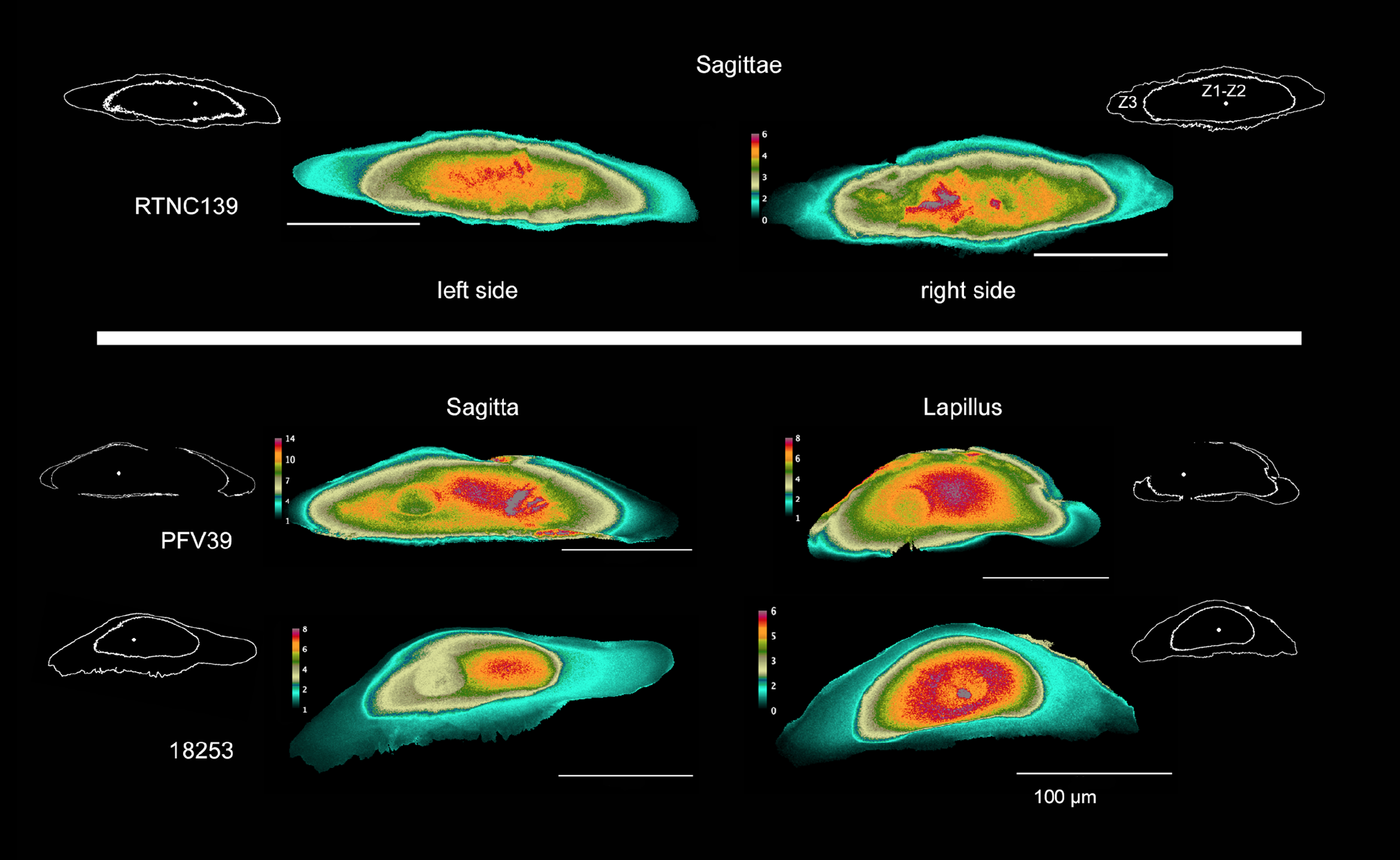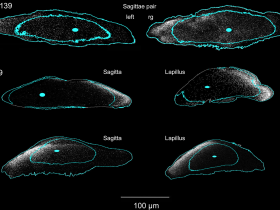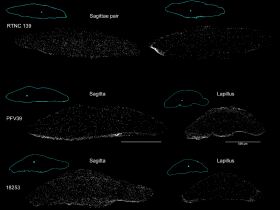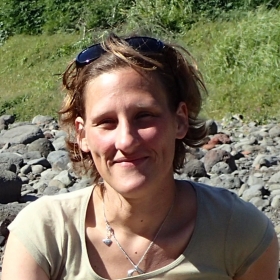Twin Peaks: Interrogating Otolith Pairs to See Whether They Keep Their Stories Straight
Twin Peaks: Interrogating Otolith Pairs to See Whether They Keep Their Stories Straight
Lord C., Berland S., Haÿ V., Medjoubi K., Keith P. Twin Peaks: Interrogating Otolith Pairs to See Whether They Keep Their Stories Straight. Crystals 2024, 14, 705. https://do,i.org/10.3390/cryst14080705
To tackle the question of the reliability of otoliths as recorders of individual life events, we compared the information enclosed in otolith pairs: the sagittae pair and the sagitta/lapillus pair. We used the synchrotron XRF scanning imaging method, which enabled the comparison of this information at both global and hyperfine scales. Using otoliths of diadromous pipefish, we compared element incorporation in each pair with a focus on (i) environment and transition between water bodies with strontium (Sr) and heavy metals, (ii) temporal information and age estimation based on sulphur (S) incorporation, and (iii) otolith growth and biomineralization processes with zinc (Zn). Results show that the global information in terms of Sr and heavy metals given by both otoliths of a pair is the same and that any otolith may be used to retrieve such global data. In terms of S-based growth increment counts, the numbers are the same between two otoliths of the same kind, but the sagitta/lapillus pairs show a significant difference. Hyperfine-scale analysis of element distribution reveals that a given otolith is under the control of specific growth mechanisms, which can lead to heterogeneous elemental incorporation. The present results lead us to consider otolith growth dynamics and biomineralization processes in the context of a fluid mosaic perspective.
Keywords: synchrotron XRF 2D scanning imaging; otolith pairs; sagitta; lapillus; strontium; heavy metals; sulphur-based increment counts; biomineralization processes
BOREA contact: Clara Lord, clara.lord-daunay@sorbonne-universite.fr
BOREA contact: Clara Lord, clara.lord-daunay@sorbonne-universite.fr




